PitchyPine
69 Cal.
- Joined
- Oct 6, 2006
- Messages
- 3,418
- Reaction score
- 2
Made this Ulu today from a old buzz saw blade, forked antler handle.
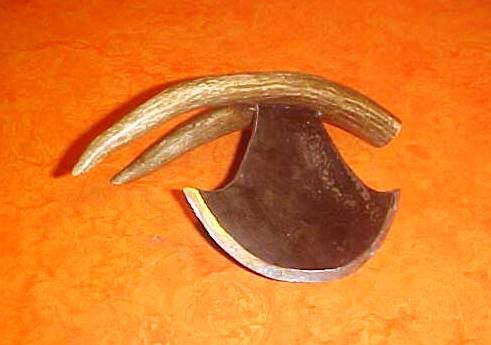
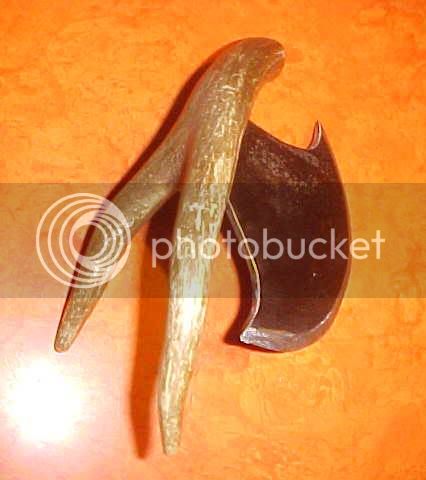





Thanks Gents, generally I epoxy and rivet them on but this one is only epoxied. Will see how it holds up.geologist said:Very nice work, how did you attach the blade to the antler.
Yeah, well they aren't all that common around here, but Lenn has come up with a good representation....as usual. You mostly see them in the Northwest and Alaskan Indian cultures.40cal said:Looks good. I have never seen one of those before. If I had not seen the picture I would not have known what a ulu is. :thumbsup: :thumbsup:
Pitchy, watch those digits pard!! I personally wouldn't trust just epoxy unless your just using it for skinning.PitchyPine said:Thanks Gents, generally I epoxy and rivet them on but this one is only epoxied. Will see how it holds up.geologist said:Very nice work, how did you attach the blade to the antler.
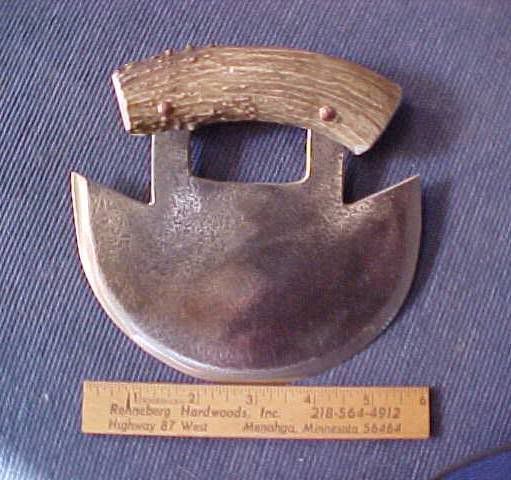
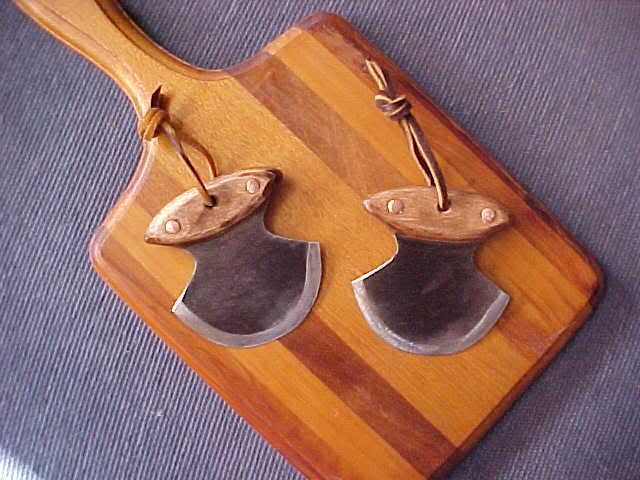
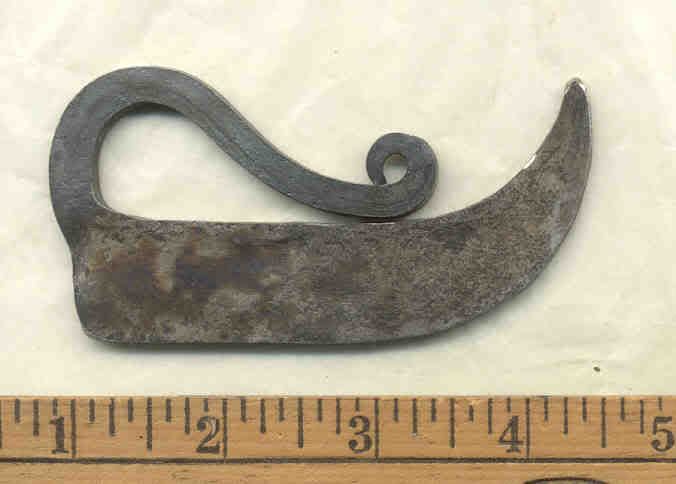
Ghettogun said:What's wrong, cabin fever gettin to ya? Have to go and make cool stuff in the basement? Is there beer involved? Ejoying the latest blizzard? Gosh I miss the Great White North!
Enter your email address to join: